SUMMARY
This is AI generated summarization, which may have errors. For context, always refer to the full article.
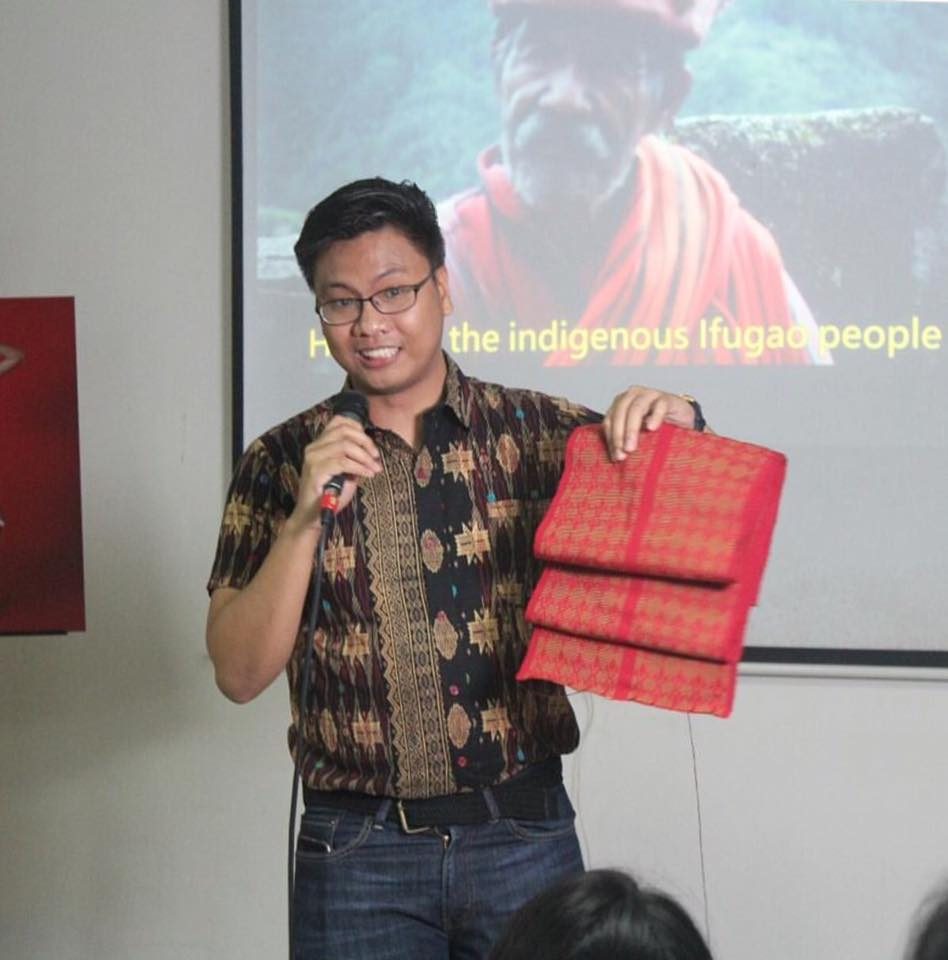
MANILA, Philippines – Although relatively new in the social enterprise industry, Kandama has slowly been making itself known for creating innovative designs that incorporate hand loomed fabrics made by local indigenous weavers.
But Kandama doesn’t just, as its campaign goes, Save the Weave. It also empowers the 28 women weavers based in its partner community of Julongan village in Kiangan, Ifugao by providing them livelihood.
All these efforts are supported by a comprehensive partnership it has forged with the Fine Arts and Architecture departments of Far Eastern University, as well as with the University of the Philippines’ Junior Marketing Association and the De La Salle University, who all help develop Kandama’s design and marketing efforts.
Now, Kandama is collaborating with Rappler through XChange to help amplify their causes.
(READ: Kandama is now on XChange!)
Founded by Victor Baguilat, Jr. in 2016, Kandama was incubated through Singapore International Foundation’s Young Social Entrepreneurs Program.
Victor leads a core team of four full-time employees – himself, his Kiangan-based aunt Rachel Baguilat (Community Developer), Elaine Tionquiao (Executive Assistant), and Jeff Tonog (In-house Designer) – as well as designers, product developers, an operations manager, stylist, branding consultant, and media manager.
We sat down with Victor for a chat to find out what inspired him to start his burgeoning social enterprise and how they are helping save the weaving tradition while championing women empowerment.
Why the name Kandama?
Kandama means “powerful” in the native Tuwali language. We considered other names but the name that resonated with us was really power because it’s about women empowerment.
We also want the women who are wearing it to feel powerful. So it’s both about the weaver and the consumer.
How did Kandama come to be?
My aunt was the one who gave me the idea of setting up Kandama. She said we have to improve on the fabrics. It’s a dying tradition.
I was in law school then. And then I realized it wasn’t for me. I wasn’t happy. Then I saw a video on YouTube about a guy who’s doing everything that he wanted to do. And the reason why he’s doing it is that he only had two years to live.
I went to Google, typing things like ‘meaning of life,’ and then it led me to social entrepreneurship. And then there was an open application for social entrepreneurs for the Singapore program, Young Social Entrepreneurship Program.
I also went to Banawe before that. There, I saw that a lot of the things they’re selling were actually cheap products from other countries. And it’s really sad because it’s a UNESCO World Heritage Site, but then you see foreign products.
It also happened that my thesis in college had something to do with women empowerment, so it’s like they all really tied together. That’s how the idea came about.
Currently, you have the clothes and accessories in your shop. Do you have plans on expanding your line?
The goal is to look for ways to innovate. How else can we possibly use woven fabrics? How can we sell this? How can we modernize it?
But the problem was, of course, the demand, the expenses of making these things. I don’t think we can manage to have all these things at this point. So we’re just looking for items that we can focus on and just be really good at it.
We’re also selling fabrics to designers. In fact, actually, I think the fabrics are our highest earner.
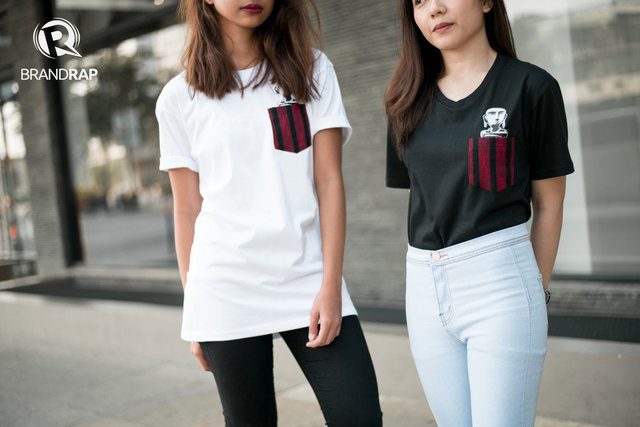
Are there meanings behind the fabrics? I understand certain fabrics have different meanings, certain stories behind them. Your bulol shirts, for example, have a red-and-black patterned fabric for the pocket along with an image of the bulol.
Bulols are found in the rice paddies. They’re always there because the Ifugao hopes for a prosperous harvest.
The pattern shows a person, a human being. It’s called ttag-u (human). It’s just a depiction – weavers translate into their work whatever they see in their environment.
But the thing is that there are a lot of symbols which are lost because the old ones who used to weave them are no longer around.
Weren’t they able to pass it down?
Yes, because a lot of the younger generation did not want to. But we’re lucky enough to find documentation in the National Museum.
So what we’re also doing is revive the ones that are no longer being woven. At the same time, we also want to evolve some of the designs.
We’ll have a workshop with FEU where we’re going ask the younger generation to come up with something new. It can be bridges, new designs for houses.
How do you pick the fabrics that you use in your products?
For now, we pick what we feel like would actually sell. There’s not a lot of science to it. It’s largely gut feel.
We also ask the weavers what they want to make. So it’s a constant negotiation between them and us as marketers of their products.
But we want to have a more structured way of picking. Getting FEU on board helps with deciding the colors that we’re going use, as well as with having more consumer insights.
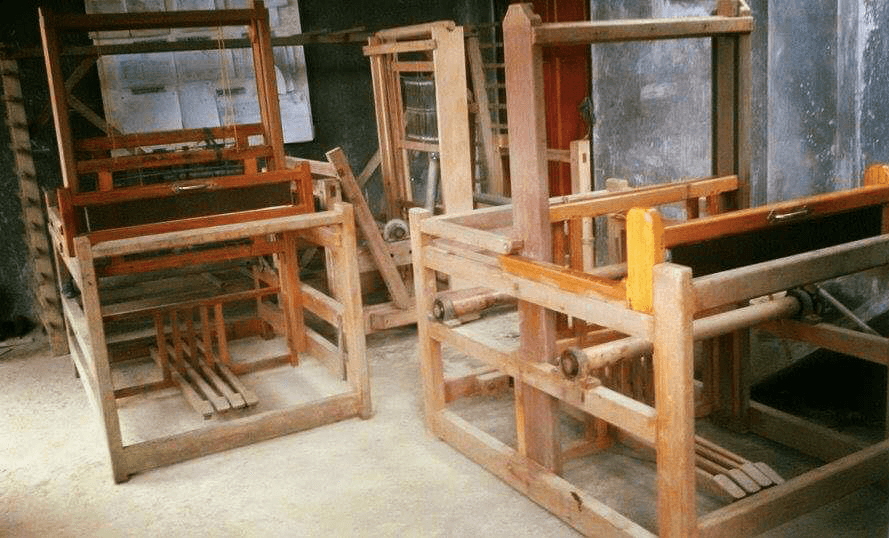
Do the weavers ever tell you, say, they want a particular fabric to be used for a specific product?
They only supply the fabric. When we show them [the products] they go, ‘Ah, pwede pala yan!’ (That’s possible!) And so they become more inspired to weave because they know what it will turn into.
So we really make sure they get to see what it will transform into. It’s also an issue of appropriation. It’s really making sure that it wouldn’t be disrespectful towards the culture.
Please tell us about the women weavers of Julongan.
The first batch of weavers were around five women. They were already weavers by virtue of the program of the NCCA (National Center for Culture and the Arts). But after the NCCA left, the weavers didn’t know what to do next. So the program wasn’t sustained.
When we came in, we conducted another workshop and donated more looms and threads. We found that some of the weavers reverted to the backstrap loom, which is more traditional and really hard on the back [of the weaver].
We asked them, ‘Bakit kayo nag-revert do’n?’ (Why did you revert to back strap looms?) ‘Eh kasi,’ sabi nila, ‘walang bumibili.’ (‘Because no one buys them,’ they said).
After hearing all these things, we decided that we really need to look for designers to modernize the fabrics so they can be sold. We realized that our role in the community is to market the products.
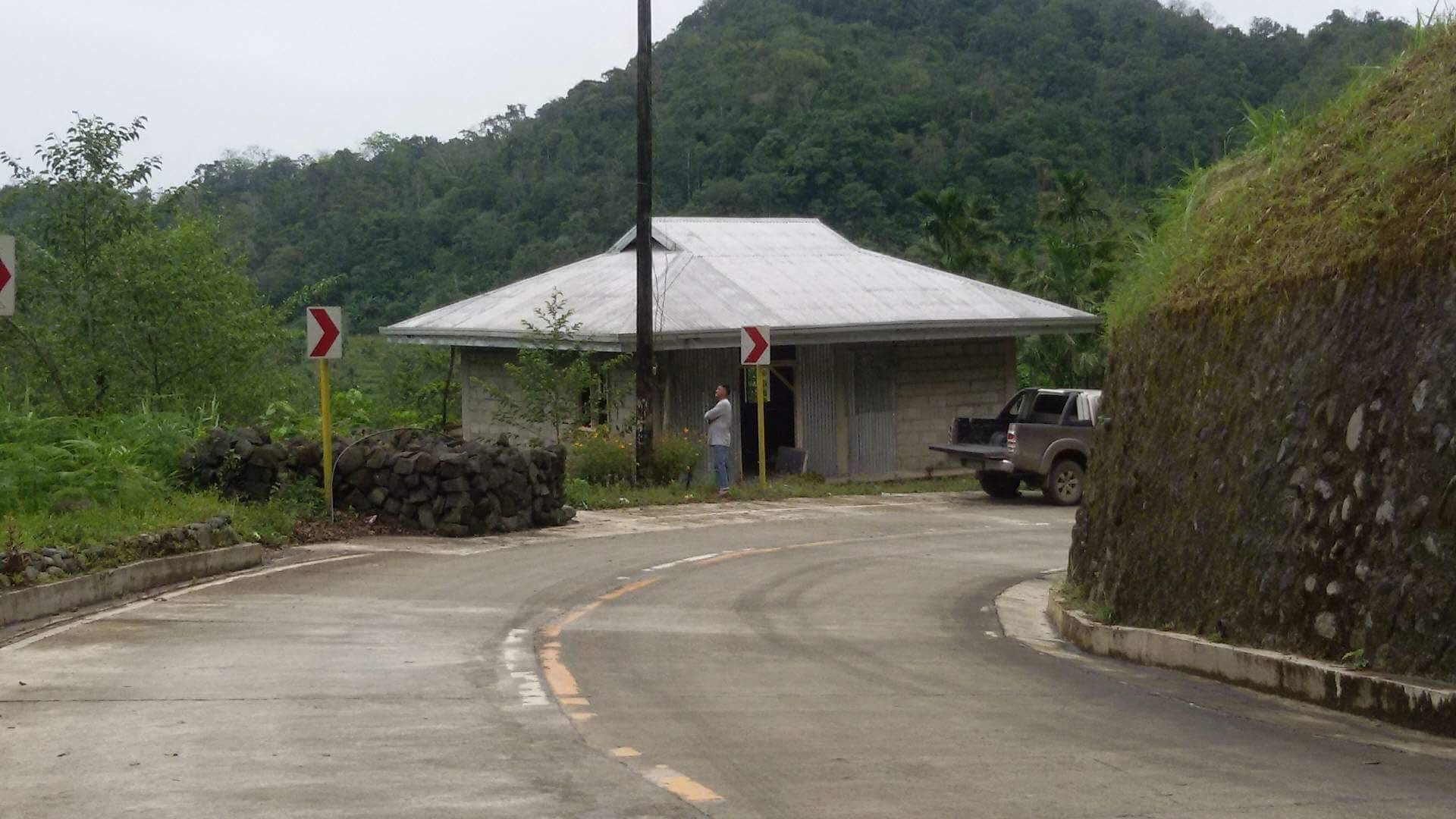
So there’s one center in the community where the women can weave?
There are two. One is in a barangay hall; the other is an area that we leased to a weaving center. These are all personal funds.
Aside from the workshops, what are the projects and initiatives that you are implementing to assist the weavers?
We really need to improve the infrastructure of the weaving center. The kids are there, the weaving center is by the highway, and is in a mountain. So it’s super dangerous.
But what can we do? Some of them are single mothers. The fathers are not around, either working overseas or as a farmer, so they really have to bring the kids with them. So we make sure that they have an area and then we have some food for them.
We also have a community development program to make sure their personal and professional goals are clear.
I’m tapping a life coach to help the weavers figure out what they really want to do and to help them be more productive.
It’s all about empowering women. It’s not simply about economic empowerment, although that translates to a lot of things. But we really have to internalize that empowerment. They have to be really sure and know in themselves what they’re doing.
Do you have any plans of expanding it to other tribes?
Yes, to other weaving communities inside of Kiangan but outside of Julongan.
The idea is to build a weaving center and a daycare center and a help desk for women in these other places in Ifugao. And then eventually, scale it in other places.
We also want to create a comprehensive community development program for them. So we’re starting in one area and we’ll see how it’s going to work.
Kandama has two operations: one in Julongan where all the weaving happens, and another in Manila for everything else. How does this structure work? Kindly walk us through your process of creating your products.
We collect the fabrics from Julongan then we decide what we’re going to do with them. The easiest thing to do actually is a shirt because it’s easy to mass produce.
And then, for example, if we need more of a particular fabric, I contact my aunt who’s based there so they can start working on it. But we have to wait for one to two months for that. So it’s really a long process.
It’s really difficult. If people can actually see how difficult it’s done, they wouldn’t complain about the price. They would really think that this is worth it. I think one of the reasons people don’t want to shell out money for woven products is because they don’t see the process.
How long usually is the weaving process?
If it’s a very complicated pattern, it can take about one to two months. Probably one to two yards per day. Weaving is a separate process. Preparation is separate as well.
There are around 2,000 needles through which threads are inserted one by one. And then you have to make sure you do this correctly, following the pattern you’re supposed to weave.
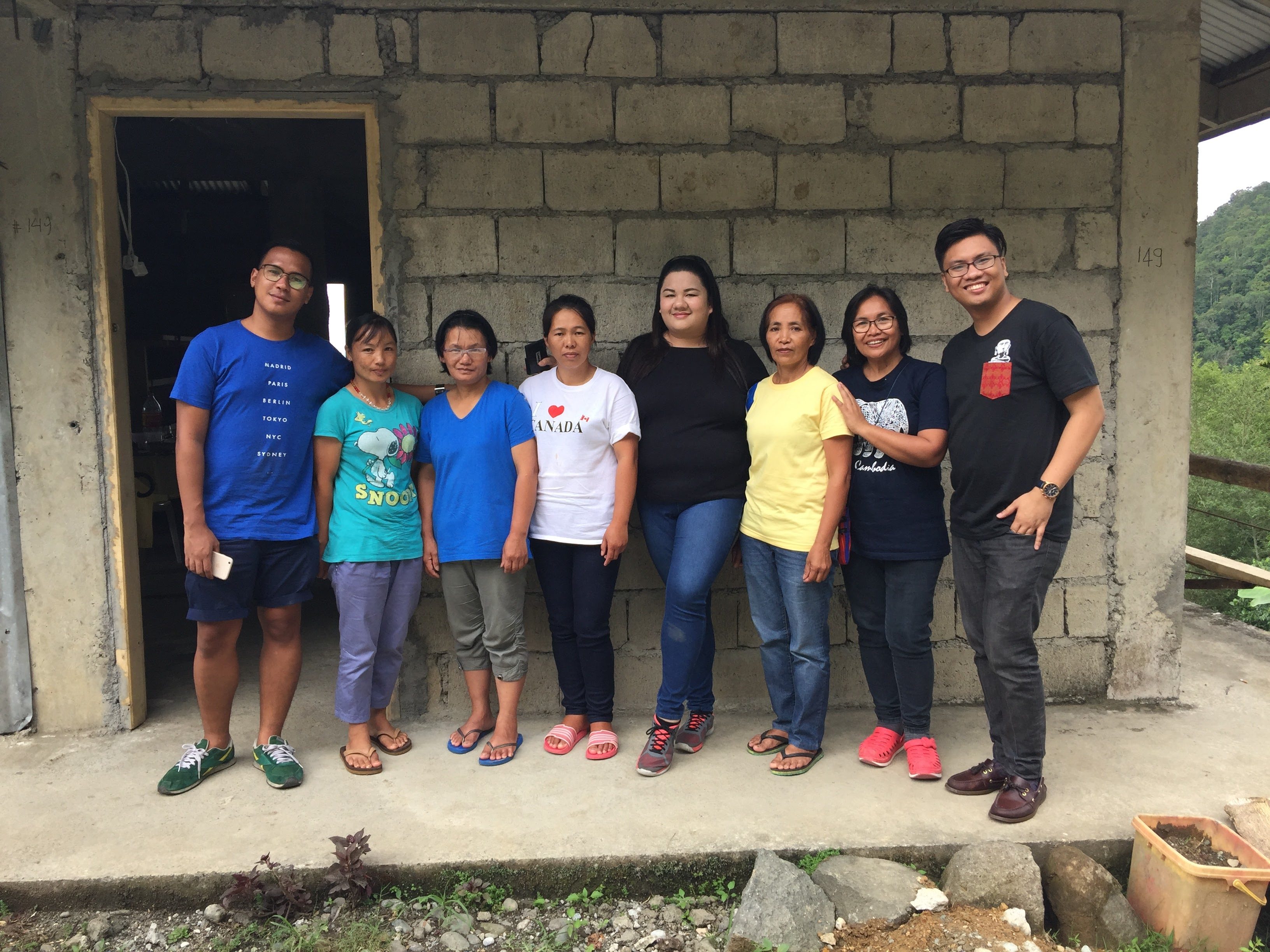
Can you share with us an anecdote or two on how the individuals themselves, young women, were able to benefit from your partnership?
Some women are able to get loans because of this employment from micro and financing institutions. The money that they get is what they use for home improvement, education of their kids, and other expenses.
A lot of the women that we have are actually farmers. But it’s not harvest time all year round so during their idle times, they look for other forms of livelihood. In this case, it’s weaving.
The other good thing is that through this alternative livelihood, they don’t put so much pressure on the environment through harmful environmental practices like expanding agricultural land, cutting down trees, and kaingin.
Although we haven’t been able to measure yet the social impact in terms of how economic empowerment could lead to a greater voice in the community, we can’t discount the fact that if you’re economically empowered, of course, you have more say in the family.
I want to explore how giving them livelihood can actually change the culture. How economic empowerment could lead to empowerment in other areas of their lives.
One of the goals is to make weaving a prestigious profession. I think the president of the association of weavers in Julongan is actually a Nursing graduate but she didn’t pass the board exam. Now, she’s weaving. We want her to be proud of it.
That’s why we’re also making sure that the pay we’re giving is also competitive.
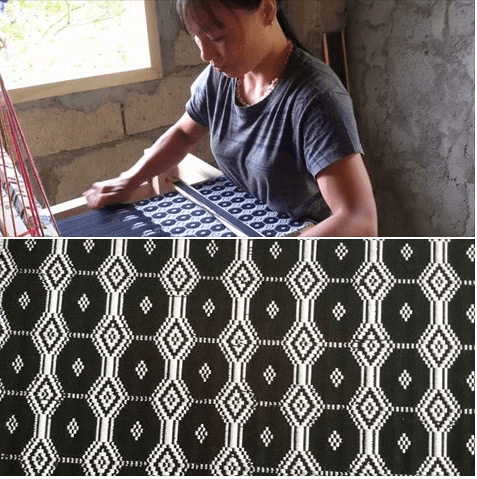
What are your hopes for the local indigenous weaving community?
I really hope that Filipinos would actually appreciate it more and actually buy products. I noticed that if you go to Bali, everyone’s just wearing batik. If you go to airports, you see Indians wearing their sari.
But ours, it’s like we don’t want to wear them. We’re so Westernized. And the funny thing is that it’s the foreigners, the expats, the well-traveled people who appreciate it more.
I’m hoping that the local weavers would expand. There are other local enterprises increasing awareness on indigenous Filipino weaving. They’re making it cool, making wearing these fabrics cool. And I’m hoping that there would be a domino effect.
How about the weaving tradition? People say that it’s dying.
I think the reason we should keep the weaving tradition alive is that it tells stories. The Ifugao doesn’t have a written tradition. They’re all oral traditions. So in the woven fabric, we can see the story embedded there.
A history book is important because it contains stories of what happened in the past. Woven fabrics are the same thing. It speaks so much about the Ifugao heritage.
What are your plans for Kandama for the next 3-5 years?
Hopefully, we can scale the social impact in other communities outside of Ifugao.
Second, we want to make sure that it becomes sustainable. That we come up with products that people, locally and overseas, would actually appreciate. The challenge, then, is how to modernize the products.
Hopefully with the partnerships I’m entering right now, Kandama wouldn’t have to rely on personal savings. That it can finance itself.
In three to five years, hopefully, Kandama will be a functioning social enterprise. – Rappler.com
Buy your Kandama bulol shirt from XChange.
Edits were made for clarity and brevity. Kandama photos in this article courtesy of Victor Baguilat, while the product shot was taken by Martin San Diego/Rappler.
Add a comment
How does this make you feel?
There are no comments yet. Add your comment to start the conversation.